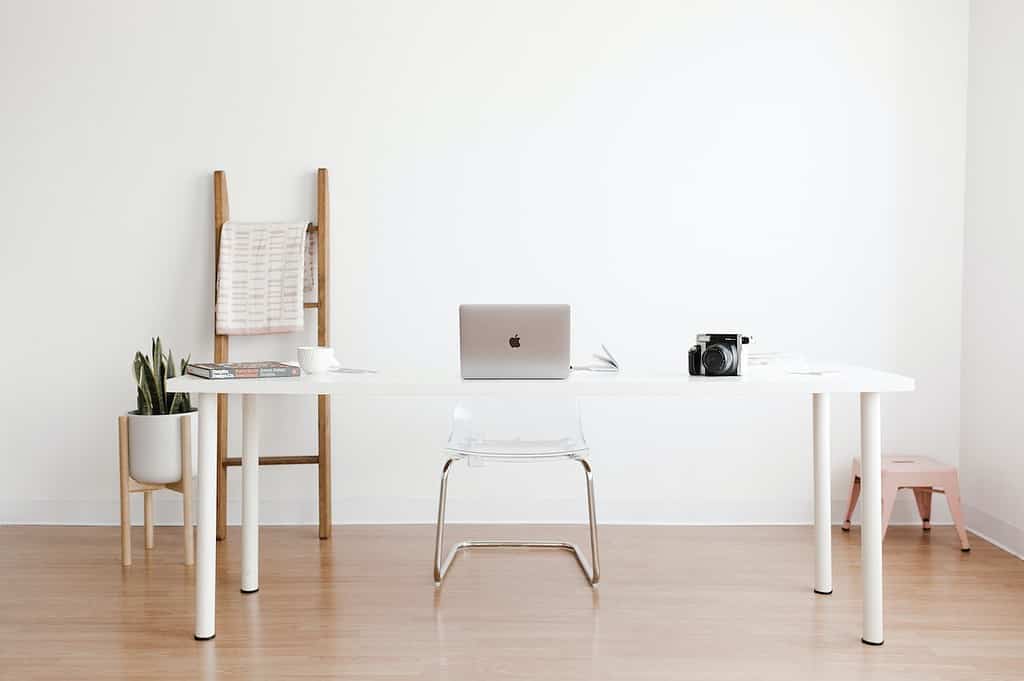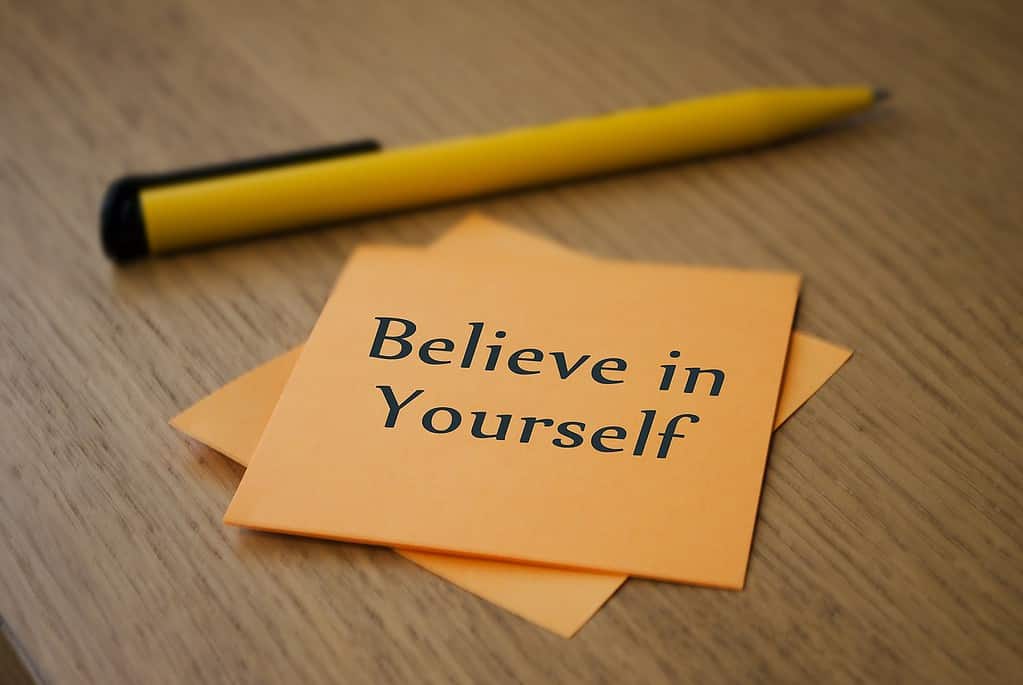How to Start Decluttering When Overwhelmed
How to start decluttering when overwhelmed is hard and frustrating. If you’re feeling overwhelmed by the clutter in your home, you’re not alone. Decluttering can seem like a daunting task, but it’s an important step toward creating a more organized and peaceful living space. Fortunately, there are several simple strategies you can use to start decluttering when you’re feeling overwhelmed.
One effective approach is to make a schedule for decluttering. This can help you break the task into manageable pieces and avoid feeling overwhelmed. Start by setting aside a specific amount of time each day or each week to work on decluttering. You might also find it helpful to create a checklist of areas in your home you want to declutter, so you can track your progress and stay motivated.
Another helpful strategy is to start with the easy stuff. This can help build your confidence and momentum as you work towards decluttering more challenging areas. Begin by getting rid of anything that has an expiration date, such as expired medicines or stale food.
You might also consider donating or selling items you no longer need, such as clothes that no longer fit or kitchen gadgets you never use. By starting with the easy stuff, you’ll be able to see progress quickly and feel more motivated to tackle the more challenging areas of your home.

Understanding the Benefits of Decluttering
Decluttering can be overwhelming, but the benefits make it worth the effort. Here are some reasons why decluttering is good for you:
Reduces Stress and Anxiety
When your home is cluttered, it can cause stress and anxiety. You might feel overwhelmed and find it hard to relax. Decluttering can help you feel more in control and reduce stress levels. It can also help you sleep better, as a clutter-free environment can be more conducive to restful sleep.
Saves Time and Increases Productivity
When you have a lot of clutter, it can be hard to find what you need. This can waste time and make you less productive. By decluttering, you can organize your belongings and create more space. This can help you find what you need quickly and easily, saving you time and increasing your productivity.
Improves Mental Clarity and Focus
A cluttered environment can be distracting and make it hard to focus. Decluttering can help you clear your mind and improve mental clarity. It can also help you prioritize your tasks and focus on what’s important.
Promotes Better Health
Clutter can collect dust and allergens, which can be harmful to your health. By decluttering, you can reduce the amount of dust and allergens in your home, promoting better health. It can also help you create a more organized and functional space, which can make it easier to prepare healthy meals and exercise.
Creates a More Positive Environment
A cluttered home can be depressing and make you feel negative. Decluttering can help you create a more positive environment, which can improve your mood and overall well-being. It can also help you feel more motivated and inspired to tackle other areas of your life.
In conclusion, decluttering can have many benefits for your physical and mental health, as well as your productivity and overall well-being. By taking the time to declutter, you can create a more organized and functional space that promotes a happier and healthier lifestyle.
Assessing Your Clutter
When it comes to decluttering, the first step is to assess the extent of your clutter. This will help you identify the areas that need the most attention and create a plan of attack. To assess your clutter, you should start by identifying the type of clutter you have. There are two main types of clutter: physical and digital.
Physical Clutter
Physical clutter refers to the physical objects that are taking up space in your home or workspace. This can include anything from clothes and books to kitchen appliances and furniture. To assess your physical clutter, you should start by going through each room in your home and identifying the items that are no longer useful or needed. You can use a table or a checklist to keep track of the items you want to keep, donate, or throw away.
When assessing your physical clutter, it’s important to be honest with yourself about what you really need and use. Ask yourself questions like “When was the last time I used this?” or “Do I have more than one of these?” to help you make decisions about what to keep and what to get rid of.
Think about trying a more minimalist approach to living which creates an open energy flow in your surroundings.
Digital Clutter
Digital clutter refers to the digital files and data that are taking up space on your electronic devices. This can include anything from old emails and documents to photos and music files. To assess your digital clutter, you should start by going through each device and identifying the files that are no longer useful or needed. You can use a checklist or a spreadsheet to keep track of the files you want to keep, delete, or store elsewhere.
When assessing your digital clutter, it’s important to consider the security and privacy of your data. Make sure to delete any sensitive or personal information before getting rid of your devices or transferring files to a new device.
By assessing your clutter, you can create a plan of attack that will help you tackle your clutter in a systematic and efficient way. Remember to be patient and take it one step at a time. Decluttering is a process, but with a little effort and determination, you can create a clutter-free space that will make you feel happier and more productive.
Create a Plan For How To Start Decluttering When Overwhelmed
When you’re feeling overwhelmed by clutter, creating a plan of action is essential to help you stay on track and achieve your goals. Here are some steps to help you create a plan of action that works for you.
Setting Goals
The first step in creating a plan of action is to set clear goals. Take some time to think about what you want to achieve and why it’s important to you. Be specific and realistic about what you want to accomplish. For example, you might set a goal to declutter your closet by the end of the month so that you can find your clothes more easily.
Once you’ve set your goals, write them down and keep them somewhere visible. This will help you stay motivated and focused on what you want to achieve.
Breaking Down the Process
Breaking down the decluttering process into smaller, manageable steps can make it feel less overwhelming. Here are some tips to help you break down the process:
- Start with one room or area at a time. Trying to declutter your entire home at once can be overwhelming and lead to burnout.
- Set a timer for a specific amount of time, such as 30 minutes, and focus on decluttering for that time period. This can help you stay focused and avoid distractions.
- Use the “three-box method.” Label three boxes or bags as “keep,” “donate/sell,” and “trash.” As you go through your items, place them in the appropriate box. This can help you make decisions more quickly and efficiently.
- Celebrate your progress. Take time to acknowledge your accomplishments and give yourself a pat on the back for a job well done.
By setting clear goals and breaking down the decluttering process into manageable steps, you can create a plan of action that works for you. Remember to stay focused, stay motivated, and celebrate your progress along the way.
How To Start Decluttering When You’re Overwhelmed
Decluttering can be overwhelming, especially if you have a lot of stuff. However, it’s important to start somewhere. Here are some tips to help you get started with the decluttering process.
Starting Small
One of the best ways to start decluttering is by starting small. Pick a small area, such as a drawer or a shelf, and focus on decluttering that area first. This will help you build momentum and give you a sense of accomplishment. Once you’ve decluttered one area, move on to the next.
Another way to start small is by decluttering for just a few minutes each day. Set a timer for 10-15 minutes and focus on decluttering during that time. This will help you make progress without feeling overwhelmed.
Staying Motivated
Decluttering can be a long process, and it’s important to stay motivated. Here are some tips to help you stay on track:
- Set goals: Set specific goals for what you want to accomplish. This will help you stay focused and motivated.
- Create a plan: Create a plan for how you want to declutter your space. Break it down into smaller tasks to make it more manageable.
- Reward yourself: Give yourself a reward for every milestone you reach. This will help you stay motivated and give you something to look forward to.
- Stay positive: Decluttering can be frustrating at times, but it’s important to stay positive. Focus on the progress you’ve made, rather than the work that still needs to be done.
Remember, decluttering is a process, and it takes time. Don’t get discouraged if you don’t see results right away. Keep working at it, and eventually, you’ll have a clutter-free space that you can enjoy.
Maintaining a Clutter-Free Environment
Congratulations on successfully decluttering your space! Now, it’s important to maintain a clutter-free environment to prevent the buildup of unnecessary items. Here are a few tips to help you maintain a clutter-free home:
Regular Cleaning
One of the best ways to maintain a clutter-free environment is to clean regularly. Make it a habit to clean your home at least once a week. This will help you stay on top of any messes and prevent clutter from building up. You can use a cleaning checklist to make sure you don’t miss anything important.
One In, One Out Rule
To prevent clutter from building up again, try implementing the “one in, one out” rule. This means that for every new item you bring into your home, you should get rid of one item. This will help you keep your space clutter-free and also encourage you to think twice before buying something new.
Storage Solutions
Storage solutions can also help you maintain a clutter-free environment. Make sure you have enough storage space for all your belongings, and use storage solutions like shelves, baskets, and boxes to keep everything organized. Labeling your storage containers can also help you find things easily.
Mindful Purchasing
Finally, try to be mindful of what you bring into your home. Before making a purchase, ask yourself if you really need the item and if it will add value to your life. Avoid impulse purchases, and try to stick to a minimalist lifestyle. Remember, less is often more!
Conclusion
How to start decluttering when you’re overwhelmed, by following these tips, you can maintain a clutter-free environment and enjoy the benefits of a clean and organized space.




